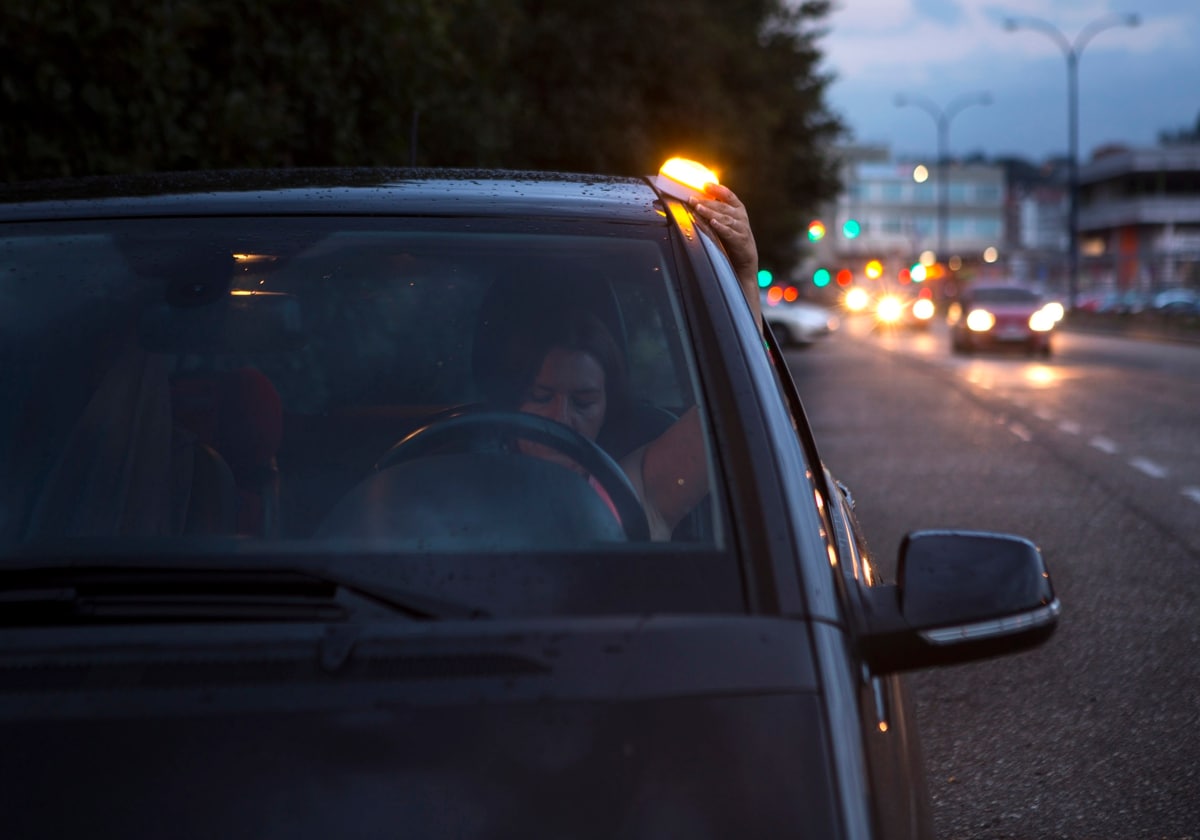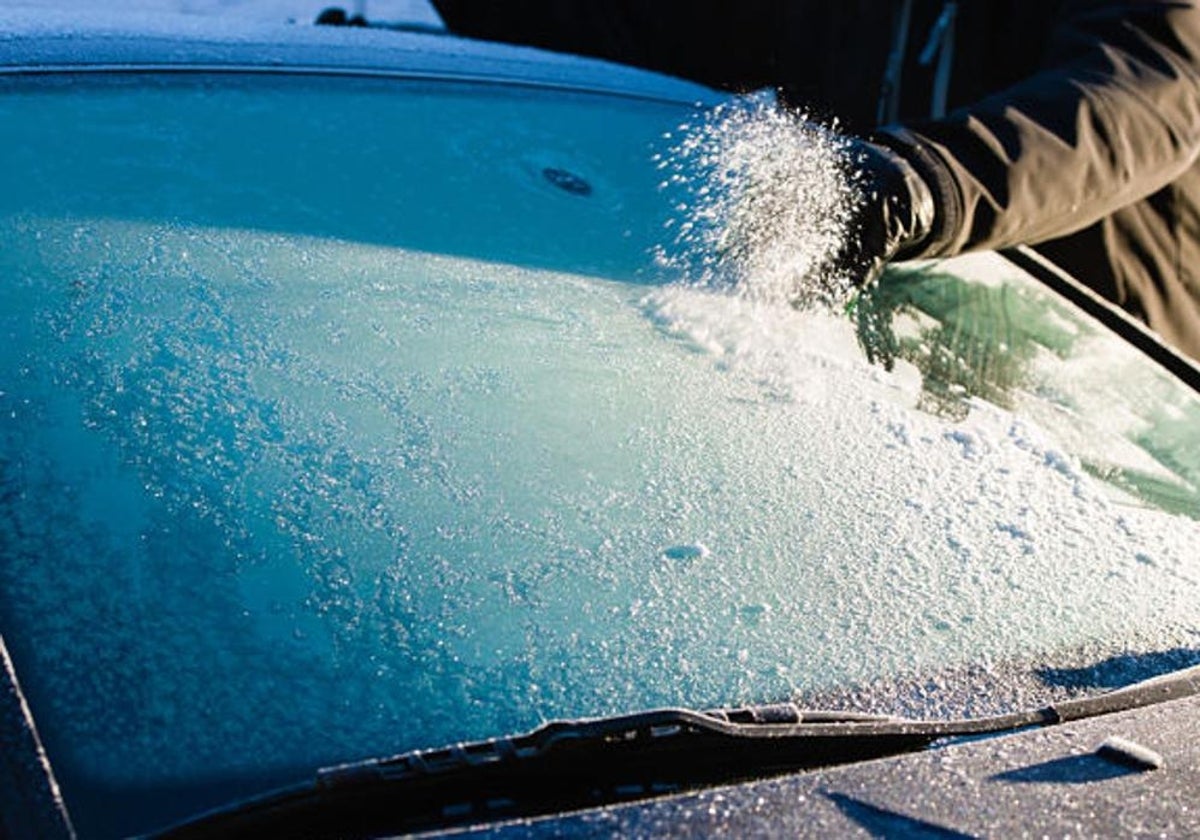One of the maxims of the automotive industry is that of:
adapt or die. Innovation comes by leaps and bounds and competition is fierce, as it can only be with giant conglomerates whose turnover can easily exceed hundreds of billions per year – for example, the Volkswagen Group closed 2021 with 250.2 billion euros (+12.3% ) -. This applies to practically all its domains: from the technological to the normative, via the aesthetic and the environment.
Within Europe, Spain is the second car-producing country — the ninth in world terms — and here all factories are trying to become centers from which successful models come out, trying to stay ahead of other locations of the same manufacturer or other countries. . A clear example of this is the Ford plant in Almussafes, which last June received the award for the GE-2 electric platform for the production of two zero-emission models from 2025. This news was received with joy at the Valencian plant, but with no so much in Saarlouis (Germany), which they competed against.
The stakes have therefore always been very high. And they are not exclusive to companies and their shareholders, but also play a dominant role in politics. the executive power
Pedro Sanchez has articulated European Next Generation funds through the Perte, programs aimed at transforming the Spanish economy after being punished by the Covid-19 pandemic.
Within the automotive industry, two stand out: Semiconductors and Electric and Connected Vehicles (VEC). The latter has a total of 2,975 million euros to promote the production of emission-free models.
This Perte triggered one of the most important industrial announcements: the Volkswagen group will build a battery plant in Sagunto (Valencia) and allocate its Seat and Volkswagen plants in Barcelona and Navarra respectively to the production of zero-emission city cars . The German consortium is earmarking 10,000 million euros for this.
But they are not the only ones who will focus on these silhouettes. In Figueruelas (Zaragoza), Stellantis plans to assemble the zero-emission Peugeot 208 and Lancia Ypsilon.
While several model awards have been awarded in the past year – Citroën C4X, Cupra Formentor, Fiat Dobló, Mitsubishi ASX, Toyota Proace City and Volkswagen Taigo – these have not been as radical a transformation of the assembly line as it had been. the Austral at the Renault plant in Palencia.
The diamond brand is concentrating its electric production offensive in Douai, in the north of France, but has decided that the hybrid models will be made in Spain. This was made clear by the world director of Production,
Jose Vicente de los Mozos, when he presented the industrial plan Renaulution España. Between 2022 and 2024, three models from the C and D SUV segments will arrive in Palencia, while they will arrive in Valladolid from the By B+ category. A new family of engines will arrive at the Engine factory, while two new gearboxes will arrive in Seville. Overall, Renault estimates that this plan
generate more than 12,000 million euros in value for Spain.
For the production of the Austral, Renault has equipped the factory in Palencia with 400 new robots, so that they already have 1,320 in the field of welding alone. According to sources close to the brand, the factory is 80% robotic, with automated flows from placing orders to suppliers to quality control. Palencia has received new variable height balancers adapted to the CMF-CD platform, intended to be the skeleton of the hybrid models of segments C and D. In addition, they have created new ADAS benches, intended to accommodate the more than 32 this guy to calibrate who has the Austral.
This has become the Palencia model that will have most of the components in Spain, from the stamped aluminum of the body to the engine and gearbox, which come from the other Renault factories. Valladolid’s R&D center will be responsible for developing the next generations of the SUV.
The Castilian factory has produced very successful models for the manufacturer, such as the four generations of the Megane or the Laguna.
In 2021, 78,000 units came out of the line, almost 50% less than in 2020 — in addition to preparing for the Austral, Palencia also suffered from the shortage of semiconductors —. Although the aim is always for a new model to be a success, Renault has decided to attack the C-segment of the SUVs, a segment that is constantly growing and that almost all manufacturers have joined, with hybrid engines and a competitive price. , attests to his dedication to the Spanish market.
Source: La Verdad
I am Ida Scott, a journalist and content author with a passion for uncovering the truth. I have been writing professionally for Today Times Live since 2020 and specialize in political news. My career began when I was just 17; I had already developed a knack for research and an eye for detail which made me stand out from my peers.



